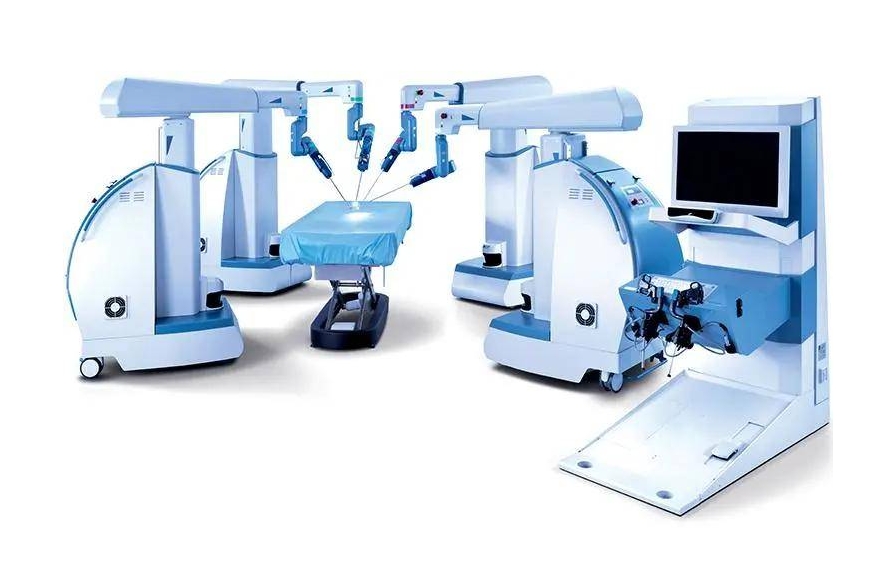With the continuous development of science and technology, high-efficiency boost chips are increasingly used in medical equipment. This chip can increase or decrease the input voltage to meet the power needs of medical equipment. For example, in portable medical devices, high-efficiency boost chips can boost low-voltage battery output to higher voltages to drive various parts of the device. The editor of SMIC Juneng will discuss its application and challenges in medical equipment from the aspects of advantages, application cases, challenges and solutions, and authoritative data sources of high-performance boost chips.

Advantages of high-efficiency boost chips
High-efficiency boost chips have the following advantages, making them widely used in medical equipment:
1. High efficiency: The high-efficiency boost chip has high conversion efficiency and can effectively convert the input voltage into the required output voltage, reducing the waste of energy.
2. High power density: This chip has high power density and can achieve high power output in a limited volume, thereby meeting the power supply needs of medical equipment.
3. High reliability: The high-efficiency boost chip has high reliability and can operate stably in harsh working environments, improving the reliability of medical equipment.
4. Easy to integrate: This chip is easy to integrate into medical equipment, reducing the size and weight of medical equipment and improving the portability of the equipment.
High-efficiency boost chip application cases
Take the electric scalpel as an example. This medical instrument requires high-voltage electricity to generate high temperature and high pressure to perform surgical operations. The traditional method is to use a transformer to increase the voltage, but this method is bulky, inefficient, and unreliable. The use of high-efficiency boost chips can increase the input low voltage to high voltages of thousands of volts while maintaining high conversion efficiency and reliability, making the electric scalpel more portable and reliable.
High-efficiency boost chip challenges and solutions
The application of high-efficiency boost chips in medical equipment also faces some challenges. First, these chips need to meet the high power requirements of medical equipment, such as high efficiency, low noise, low EMI, etc. Second, these chips need to meet the reliability and security requirements of the medical industry. Finally, these chips need to maintain stable performance under different environmental conditions (such as high temperature, low temperature, high humidity, etc.).
To overcome these challenges, many chip manufacturers are developing new high-efficiency boost chips to meet the power requirements of medical devices. For example, Analog Devices has launched a high-efficiency boost chip called ADP1613, which can boost low voltage to a higher voltage with a conversion efficiency of up to 96%. In addition, the chip also has features such as low noise and low EMI, which can meet the power quality requirements of medical equipment.
In addition, there are also some successful cases of the application of high-efficiency boost chips in medical equipment. For example, the American company Medtronic has launched a portable blood glucose meter that uses Analog Devices' ADP1613 chip, which can boost low voltage to a higher voltage to drive various parts of the instrument. This blood glucose meter has achieved great success in the market and is widely used.
In short, high-efficiency boost chips have broad prospects for application in medical equipment, but they also face some challenges. With the continuous advancement of technology and manufacturers' continuous pursuit of quality and safety, it is believed that these challenges will gradually be overcome and bring more innovation and development to the medical industry. If medical equipment manufacturers need to purchase electronic components such as boost chips, they should contact TOPCHIP ELECTRONICS. Our sales email is: [email protected].

